50+ Sample Sharing Agreements
-
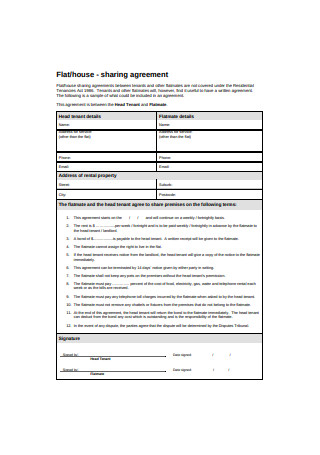
House Sharing Agreement
download now -
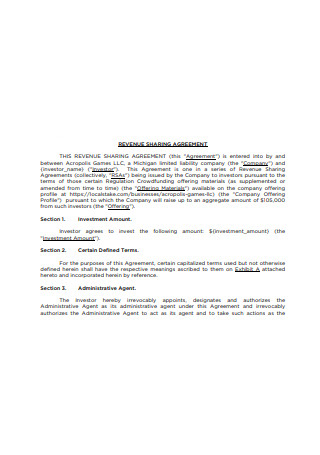
Revenue Sharing Agreement
download now -
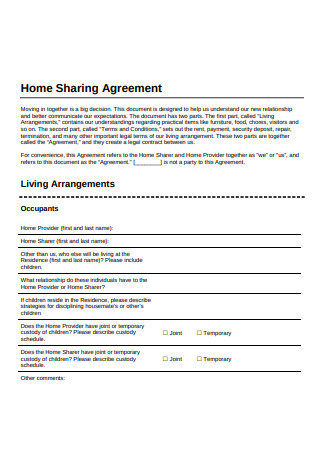
Home Sharing Agreement Sample
download now -
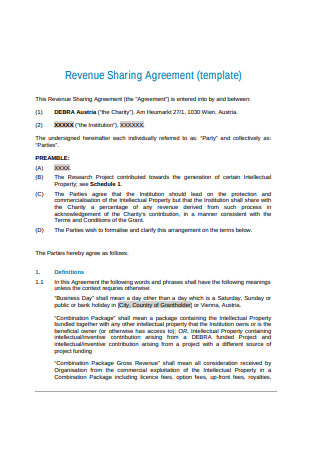
Revenue Sharing Agreement Sample
download now -
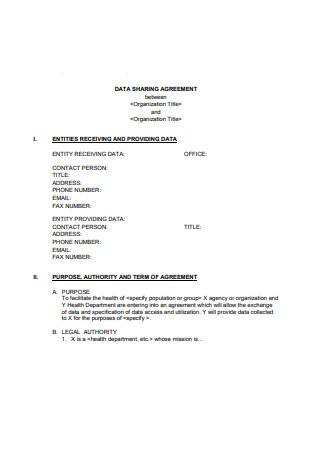
Data Sharing Agreement
download now -
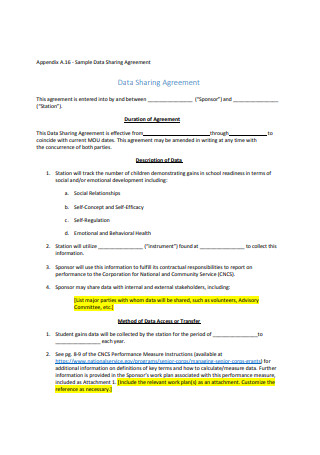
Sample Data Sharing Agreement
download now -
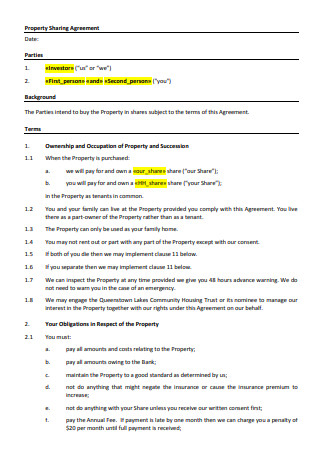
Property Sharing Agreement
download now -
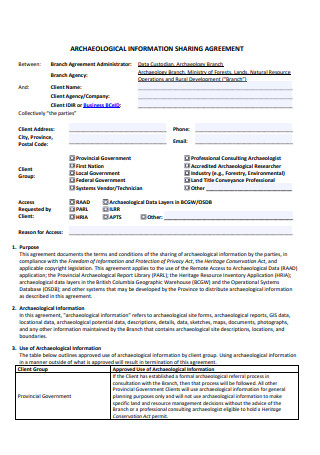
Archaeological Information Sharing Agreement
download now -

Equipment Sharing Agreement
download now -
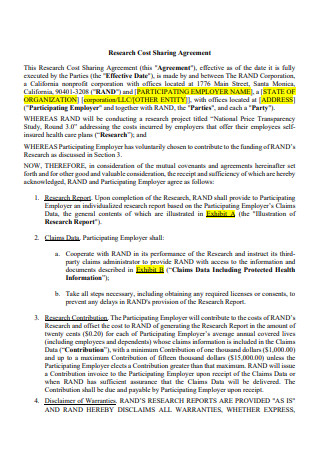
Research Cost Sharing Agreement
download now -
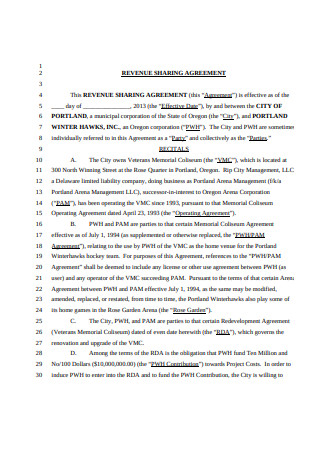
Sample Revenue Sharing Agreement
download now -

Revenue Sharing Agreement Example
download now -
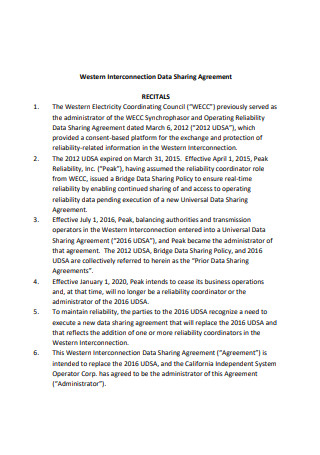
Sample Data Sharing Agreement Example
download now -
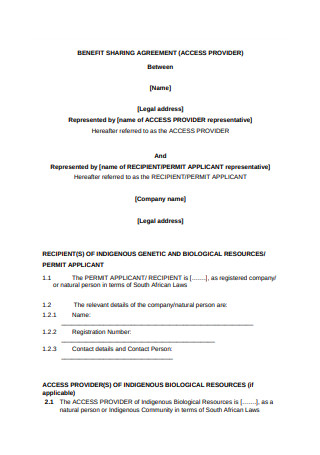
Benefit Sharing Agreement
download now -
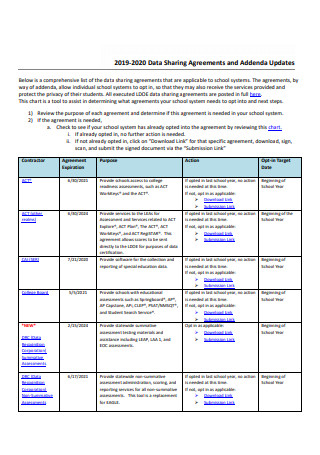
Data Sharing Agreement Format
download now -
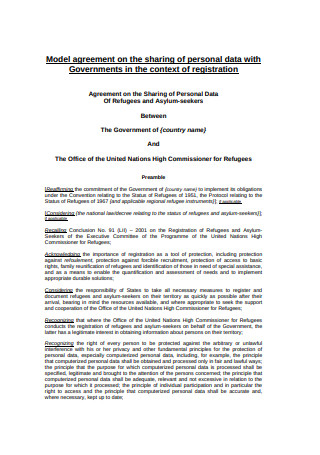
Model Data Sharing Agreement
download now -
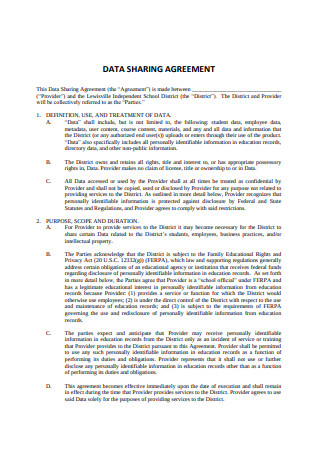
Standard Data Sharing Agreement
download now -
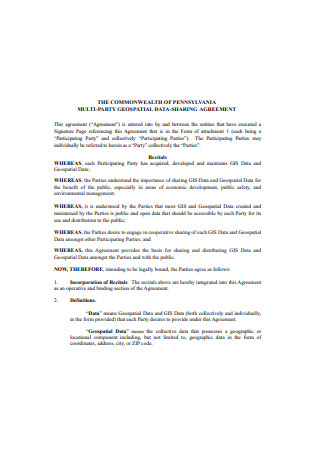
Basic Data Sharing Agreement
download now -
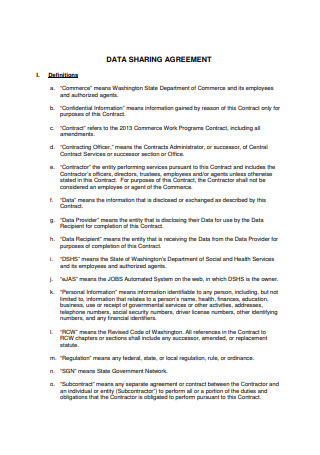
Data Sharing Agreement Example
download now -
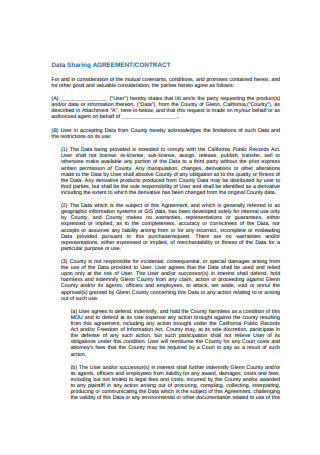
Standard Data Sharing Agreement Example
download now -
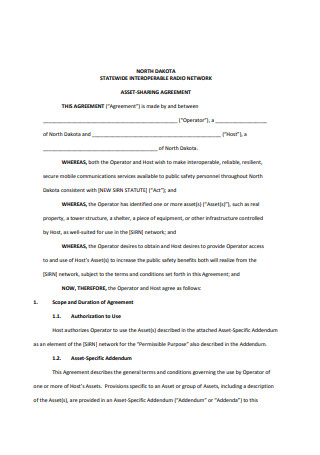
Asset-Sharing Agreement
download now -
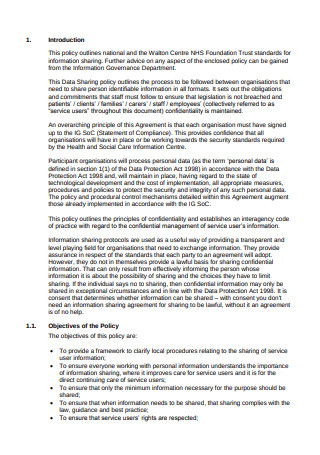
Data Sharing Agreement Policy
download now -
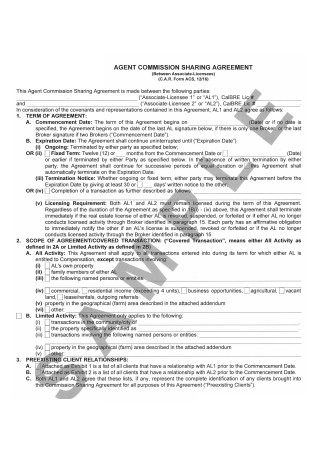
Agent Commission Sharing Agreement
download now -

Sample Commission Sharing Agreement
download now -
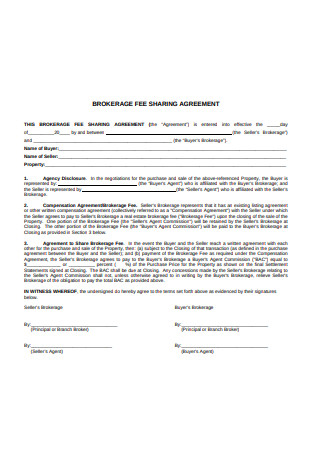
Brokerage Fee Sharing Agreement Format
download now -
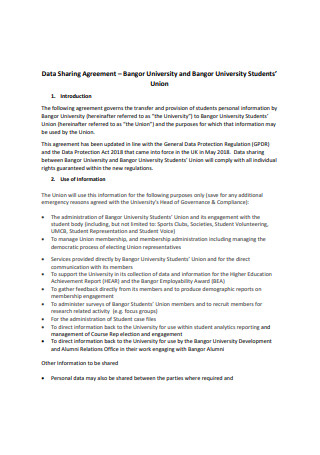
Printable Data Sharing Agreement
download now -
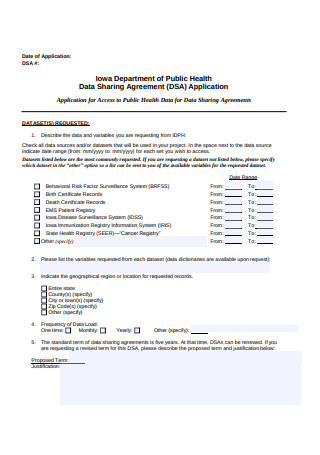
Data Sharing Agreement Application Form
download now -
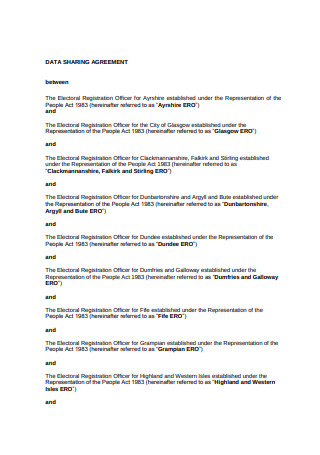
Printable Data Sharing Agreement Format
download now -
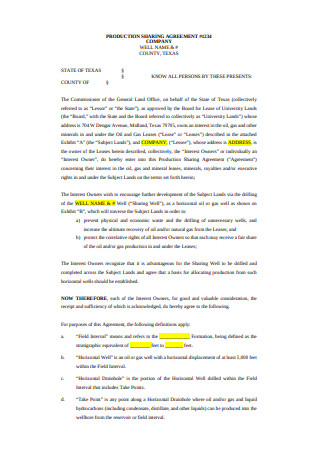
Production Sharing Agreement
download now -
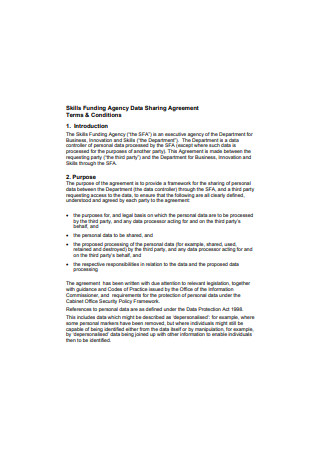
Agency Data Sharing Agreement
download now -
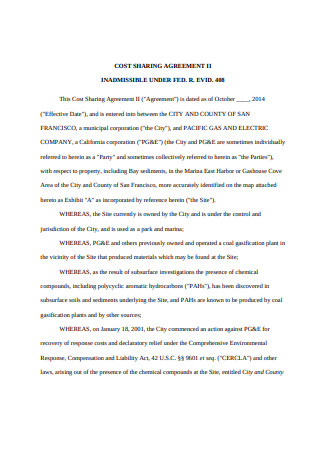
Cost Sharing Agreement
download now -

Sample Cost Sharing Agreement
download now -

Data Sharing Agreement Sample
download now -
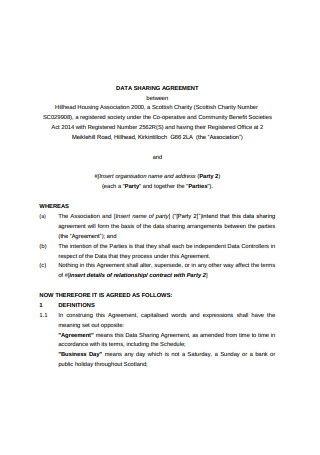
Sample Data Sharing Agreement Format
download now -
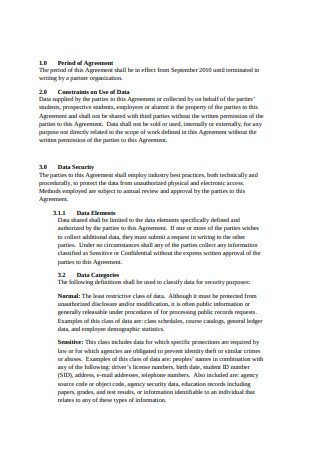
Formal Data Sharing Agreement Example
download now -
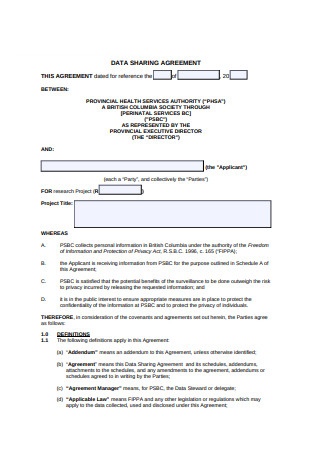
Basic Data Sharing Agreement Format
download now -
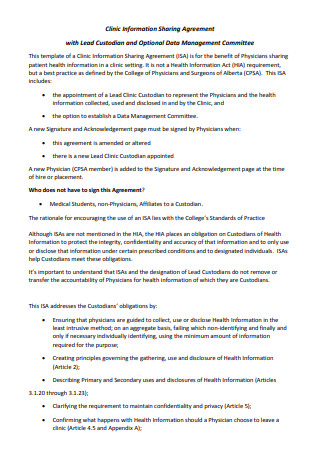
Clinic Information Sharing Agreement
download now -
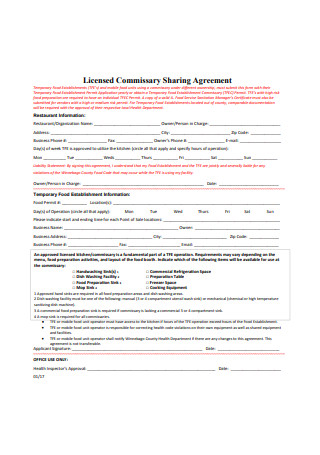
Licensed Commissary Sharing Agreement
download now -
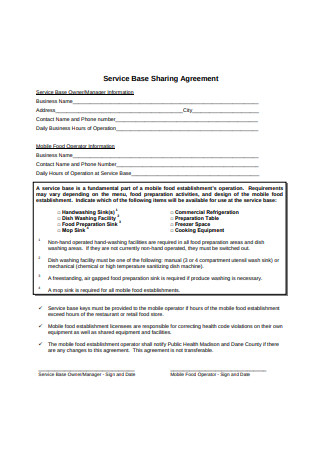
Service Base Sharing Agreement
download now -
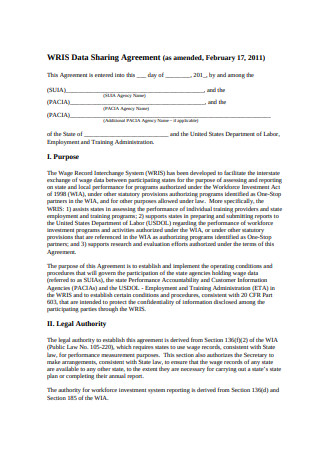
Simple Data Sharing Agreement
download now -

Printable Data Sharing Agreement Example
download now -
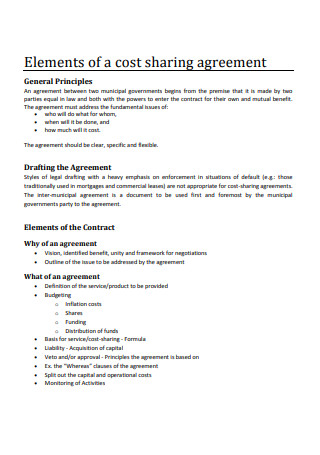
Cost Sharing Agreement Example
download now -
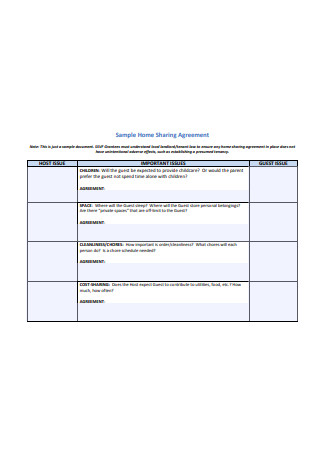
Sample Home Sharing Agreement
download now -
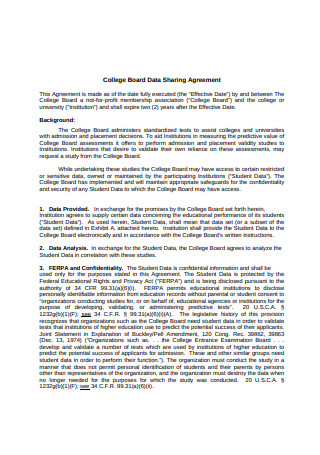
College Board Data Sharing Agreement
download now -
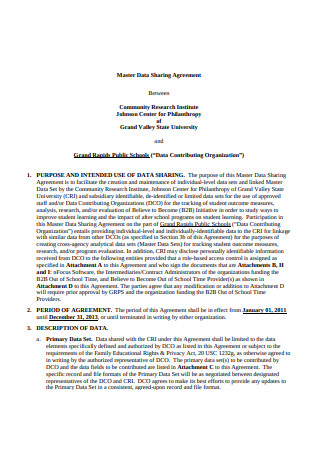
Master Data Sharing Agreement
download now -

Production Sharing Agreement Sample
download now -
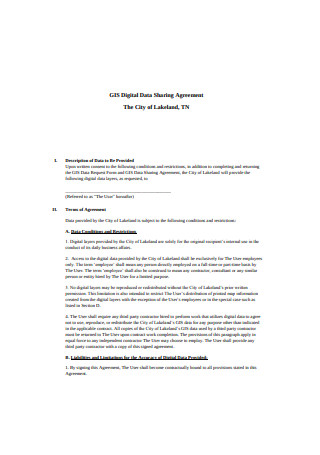
Digital Data Sharing Agreement
download now -

Profit Sharing Agreement Sample
download now -
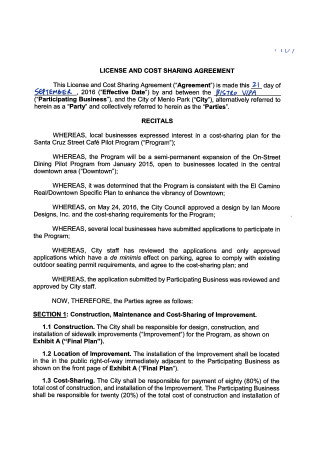
Cost Sharing Agreement Sample
download now -
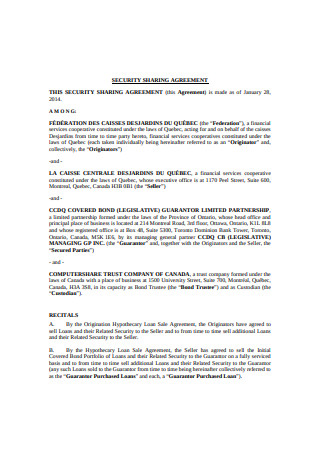
Security Sharing Agreement
download now -
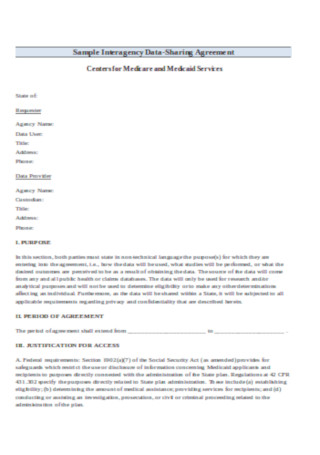
Sample Interagency Data-Sharing Agreement
download now -
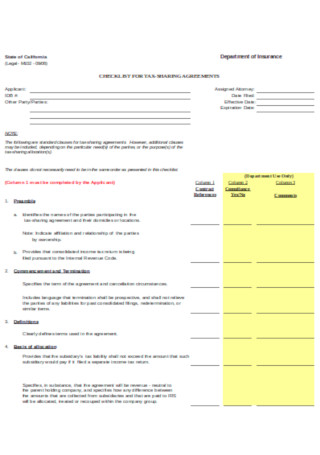
Tax Sharimng Agreement Template
download now
FREE Sharing Agreement s to Download
50+ Sample Sharing Agreements
What is a Sharing Agreement?
Important Elements of a Data Sharing Policy
How to Frame a Data-Sharing Agreement
FAQs
How do you make datasets available?
What if I won’t permit access to my data?
What if my agency says they don’t want to make the data available because they own it?
What type of documentation is suggested for data-sharing?
What are the resources needed to support data access for a grant?
What is a Sharing Agreement?
There are many types of sharing agreements, some of which are home-sharing, revenue sharing, profit sharing, production sharing, and data-sharing agreements. A home-sharing agreement is a deal concerning two or more individuals sharing a commonplace to dwell in while keeping a private area for themselves. This arrangement may involve a renter and a homeowner or people who are renting the same apartment or house together. A revenue-sharing agreement is an arrangement where a business owner offers incentives to its partners for helping the company increase its revenue. A profit-sharing agreement is a contract where an employee receives a percentage of share from a company’s profits depending on his/her annual income. A production sharing agreement is a contract between the government and a corporation, an individual or a corporation, or two government institutions. For example, two nations permit the free shipping of raw materials from country to country. After manufacturing finished products out of the materials, the products are then sent back to the country where it originates.
All of the agreements mentioned above have the same goal—for all parties involved to have a fair share of what they commonly have. In this article, our focus is going to be on data sharing agreements. A data-sharing agreement is a document that records the information that is being shared by a data-providing entity. The purpose of this agreement is to keep the receiving party from misusing all the valuable information entrusted to it. One example is the U.S. Census Bureau. Since the early 2000s, they have been regularly entering into data-sharing agreements to get administrative files from state and federal governments just so they could provide correct statistical information to the American people.
Since the first census conducted by the U.S. Census Bureau in 1790, the population has increased from 3.9 million to 330 million people.
With more than 230 years of service, the bureau has documented the remarkable growth of the United States from being a farming country to becoming the third-largest nation next to China and India.
Since the early 2000s, the U.S. Census Bureau have been regularly entering into data-sharing agreements to get administrative files from state and federal governments just so they could provide correct statistical information to the American people.
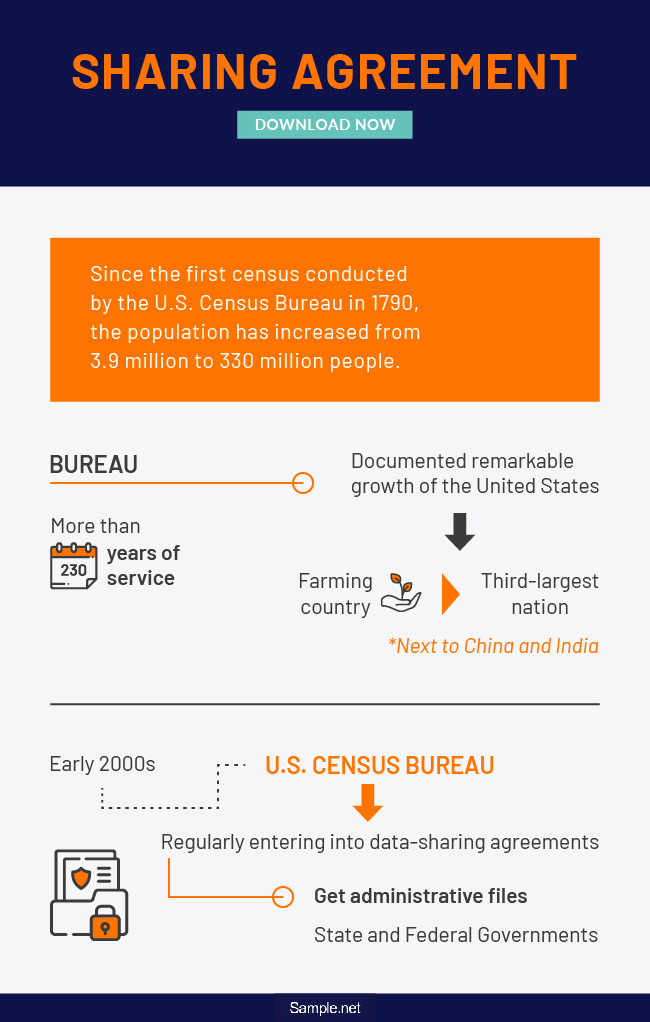
Important Elements of a Data Sharing Policy
A data sharing policy should be in line with institutional objectives. For example, a healthcare organization’s goal is to develop a treatment for COVID-19. The institution must have a policy that demands data sharing relating to the treatment of such a disease. In this way, the data shared by researchers are maximized and will serve as a powerful tool to cure such a dreadful disease. That is only an example and only one important element of a data sharing policy, here are more:
How to Frame a Data-Sharing Agreement
A list of fundamental items should be included in a data-sharing contract. Below are the steps in framing a data-sharing agreement along with the basics it should address.
Step 1: Write the Term of the Agreement
Clearly state when the receiving party will get the data and how long he/she is permitted to use it. What will come about after the receiver has no longer any right to utilize the data? Does the receiver have to get rid of the data after use? These questions should be addressed in this section of the agreement.
Step 2: Determine the Purpose and Limitations for Data Use
Describe in detail what the purpose of the receiver is in using the data. What studies will the user conduct? What questions will be asked? What are the anticipated results? Is the user allowed to add more questions even without consent from the provider? Moreover, determine the limitations for data use. Should the receiver document how he/she will use the data? Is he/she allowed to share the data findings without approval? Who will be the property owner if a receiver creates an article based on the provided data?
Step 3: Add Confidentiality Clauses
To protect valuable data, confidentiality and security clauses are essential. Confidentiality is necessary because data may have information that is linked to certain individuals. Sensitive information must remain exclusive. Personal data sharing is strictly prohibited, whether it be verbal or written, especially to a third party.
Step 4: Include the Methods to be Used in Data-Sharing
For data protection purposes, the agreement should set out the methods the user will use to keep the data safe. Hardware data must be locked in a private cabinet or room, and software data must have a strong password to protect it. In the receiver setting, who will have full access and who will have limited access to the data? Also, determine the process of data transfer from the data provider to the data user. How will the provider transfer data? Will it be digitally or physically? Will the data be converted into a code before transfer?
Step 5: Decide on Who will Pay for the Expenses of Data-Sharing
Decide on who will pay for the financial costs of data transfer. Will both parties share the expenses? How much will be the costs for data sharing? The agreement should clarify these things to avoid conflicts and confusion later on.
FAQs
How do you make datasets available?
There are many ways to make datasets available to other researchers. One way is to transfer your data to a repository facility so researchers could find them. A repository may offer secondary users full access or limited access. In case limitations are set in the sharing agreement, researchers will have to read the terms and conditions and sign a written agreement. Another way to make data available is by using university websites, repositories, school districts, and state agencies.
What if I won’t permit access to my data?
Researchers must consider permitting access to valuable data under full or limited access. This is vital when organizations and schools want to access data for a study, but the process should be according to data-sharing procedures. In case a researcher won’t be able to provide access to his/her data, his/her data management plan should state a compelling reason why.
What if my agency says they don’t want to make the data available because they own it?
Grants funded by the government are owned by the government. According to EDGAR 34 CFR.74.36 ©, “The government has the power to (1) acquire and disseminate data that are under grants, and (2) authorize other users to receive and publish information for federal reasons.”
What type of documentation is suggested for data-sharing?
There are several kinds of documentation that help support data use: documents that promote discoverability and documents that detail how to utilize data. Searching data on the internet is enhanced by the metadata files. Metadata is information about data. It comprises information about who made the data, where the data is located, and what are the characteristics of the file. In other words, metadata offers information that helps people search, understand, and benefit from using your data. There are metadata standards in every field of study. Researchers must record every data and make their notations as comprehensible as possible.
What are the resources needed to support data access for a grant?
A DMP must clearly define staff obligations concerning creating, documenting, maintaining, and supporting data access. The duties of the people involved in data-sharing should be determined and described. These duties may include creating, controlling, and updating data. Note that updating data regularly is important for the continuity of a project in case a staff member leaves. Also, it is crucial to identify the software and hardware to be used to assist in data sharing and management. The expenses of allowing data access must be part of the grant budget. These expenses may be used towards preparing, documenting, and storing data. The reason for every expense paid must be written in the “grant application budget.”
Data sharing does not only benefit researchers, but also the scientific community and the American community. It motivates people to connect and collaborate with scientists for a better understanding of science, thus, leading the way to a strategic crisis management.
